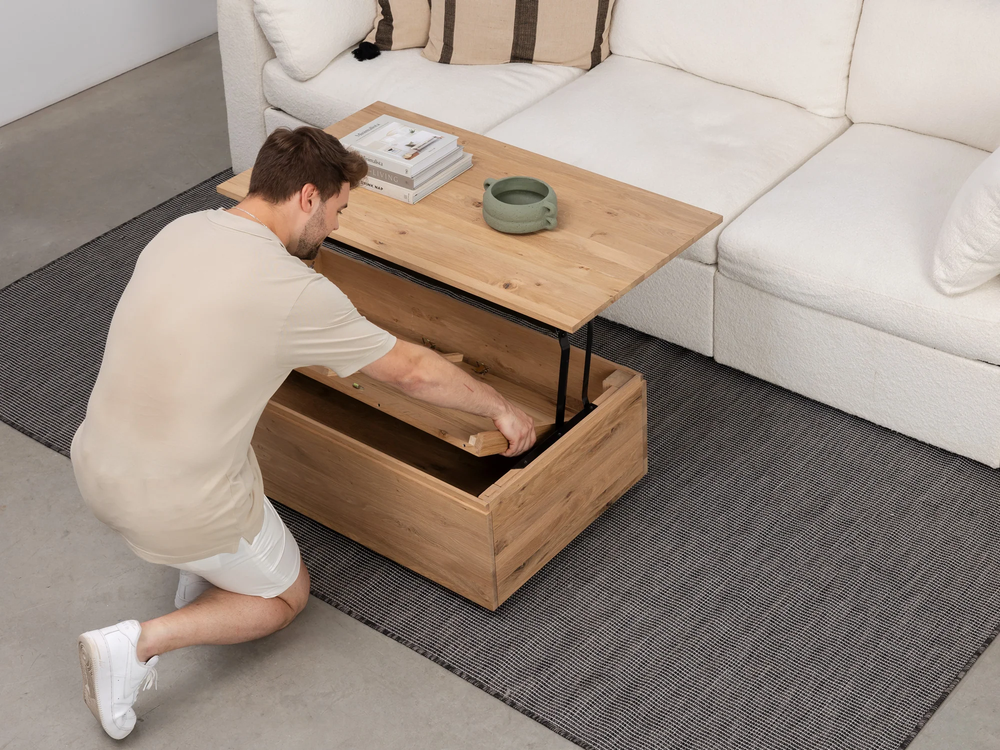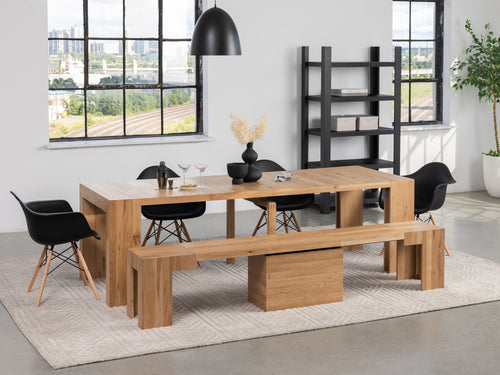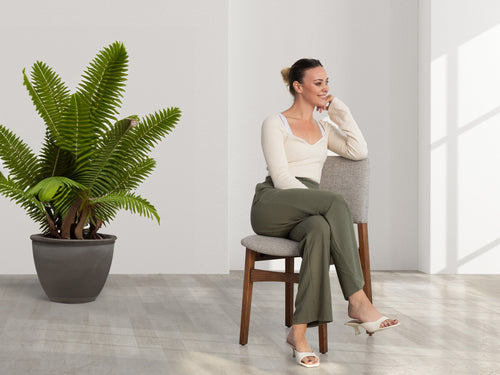Program Overview
Upon receiving your product(s), carefully inspect the packaging and items for any damage. If damage is found, accept the delivery and note "damaged upon arrival" when signing off with the delivery driver or carrier.
Take photos of the damage, including both the packaging and the items. Submit the pictures along with a description of the damage through our Warranty page within 48 hours of receipt.
Do not refuse damaged items or parts, as you will be responsible for all redelivery costs, including storage fees.
Under this program, you may be offered a product repair, replacement parts, product replacement, or partial monetary compensation on eligible items, within 1 year of delivery or pick-up from our warehouse with valid proof of purchase, at our sole discretion.

Warranty Process
To initiate a warranty claim, please click on the button Submit a Claim. A Warranty team member will get in touch and guide you through the process. Please note that warranty claims must be submitted by the original purchaser listed on the order.
If the product damage or defect is covered under warranty, a product repair, replacement parts order, product replacement, or partial monetary credit will be confirmed within 3-7 business days. However, delays in manufacturing and shipping replacement parts or products may occur. Replacement parts or products may vary in color, tone, or texture due to natural variations in raw materials and manufacturing processes.
Please include your order number in all communications to ensure your warranty claim is processed promptly. In the event that returning the product for further analysis is necessary, a return merchandise authorization (RMA) number will be issued to facilitate tracking of the returned item(s). When you return your product(s), please clearly indicate the RMA number on all return shipment boxes. This helps our team process your claim swiftly.
If the products are deemed ineligible for warranty coverage, an explanation will be provided.

Shipping and Other Fees
If our warranty team determines that the product must be returned to complete your warranty claim, they will issue you a Return Merchandise Authorization (RMA) number.
For smaller items, we will provide a pre-paid UPS label at no cost to you to ship the defective product back to us.
For larger items, our logistics team will coordinate with you to arrange for a pickup at your residence, also at our expense.
However, please note the following requirements for a smooth and efficient process:
- Ensure the item is disassembled (if applicable) and securely packed in its original box to prevent further damage during transportation.
- Provide clear access to the item for the logistics team.
- Be available during the agreed-upon pickup window.
If you have questions or need assistance preparing the item for return, please contact our warranty team. We are here to help ensure the process is as seamless as possible.
Important: While the cost of return shipping for warranty claims is covered by our company, failure to meet these requirements may result in delays or additional charges. For instance, if the logistics team cannot access the item, the pickup is missed, or the item is not adequately prepared for transport, you may be responsible for any additional fees incurred for rescheduling or special handling.
Certain conditions and exceptions may apply.
-
What’s Not Covered Under Warranty
The following is not covered under the limited manufacturing warranty:
- Normal wear and tear from regular use.
- Damage caused by abuse, misuse, acts of nature (such as wind, flooding, or freezing water), animal damage, heat damage, light damage, fading, fabric staining or mildewing, cushion compression, and failure to properly care for and maintain the furniture.
- Damage resulting from improper assembly or installation.
- Damage caused by using a product in ways other than its intended design (e.g., standing on a chair, sitting on a table, or using non-commercial products for commercial purposes).
- Damage resulting from using a product in environments outside its intended use (e.g., using indoor furniture outdoors).
- The warranty is void if products are altered in any way.
- The warranty does not cover consequential or incidental damages, such as scratches on floors or loss of personal belongings.- Items purchased as final sales, samples, demos, or floor models.
The warranty is terminated if the product is sold or ownership is transferred.






